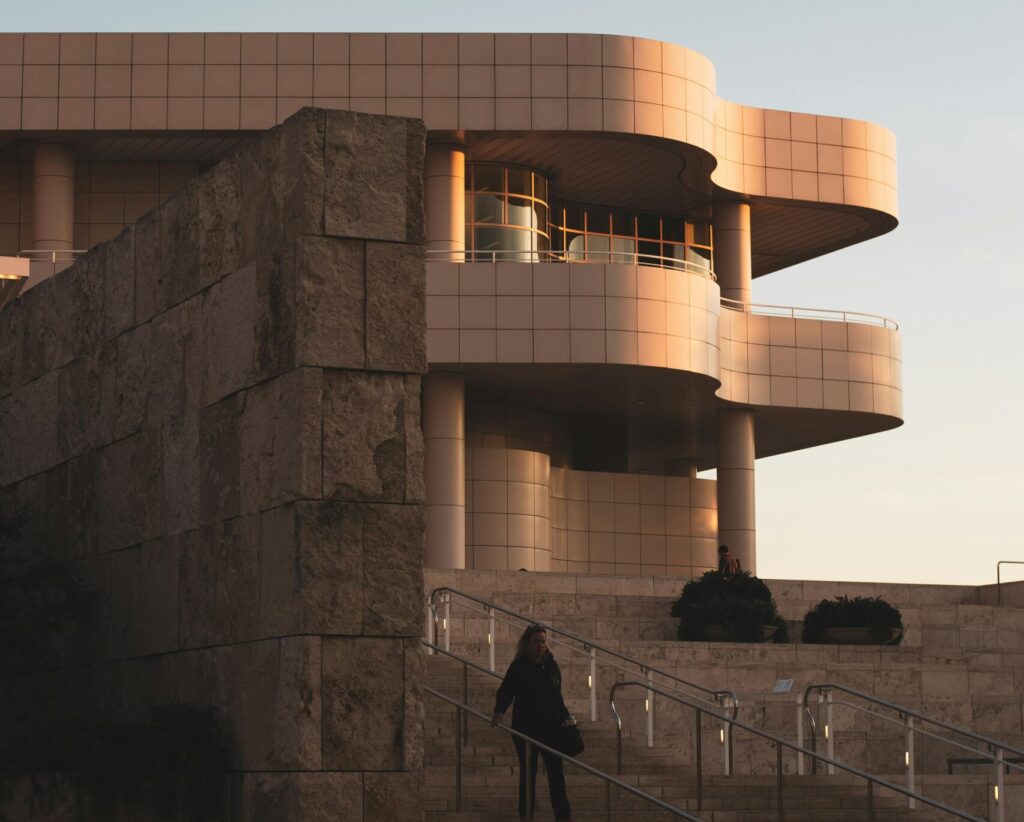Building Affordable Housing at Scale
Los Angeles’ vast affordable housing and homelessness crisis is well documented. The number of people experiencing homelessness in the City of Los Angeles has nearly doubled in less than a decade, and its share of the County’s homeless population has increased as well. Los Angeles also has the fewest number of homes per adult among major cities in the U.S.; if LA had the same number of homes per adult as the U.S. average it would have 130,000 more homes.
The 2021-2029 Regional Housing Needs Assessment (RHNA) indicates that the City of Los Angeles is in a housing deficit of 456,643 units, including 184,721 lower income (i.e., 80% of Area Median Income and below) units. The City would need to average the creation of over 57,000 total new housing units each year for the next eight years to overcome this housing shortage, which would require tripling the amount of housing built in the City currently.
Meeting the goal for units affordable to lower-income households, the most economically vulnerable residents, would require building over 23,000 units on average annually over the coming eight years, meaning the City would need to produce more than five times the amount of low-income units it approved in 2019, its most productive year. The City is currently approving just over 2,100 affordable units per year on average, about 10% of its RHNA target for lower-income housing.
At the same scale that the City is building affordable housing (i.e., an average of 68 units/project), 139 additional 100% affordable housing development projects per year for the next eight years would be needed to make up its annual affordable housing deficit. That’s more than four times the number of 100% affordable housing projects per year the City approves on average, and more than double its most productive year.
Continuing to build at this scale has vast implications for how much more land and individual sites would be needed, how much more staff and capacity is needed at development firms and in government offices to process funding applications and permits, how much more construction noise and activity there would be across the city, how many more construction crews, etc.
Also Read: Addressing the Affordable Housing Crisis
